Sign In
Welcome to AI Checker Sign in to continue your exploration of our platform with all its exciting features.
Forgot Password?
Don’t have an account ? Sign Up
Forgot Password
We'll Send You An Email To Reset Your Password.
Back to Login
Sign Up
Embrace the Future with AI Checker Sign up now and let's rewrite the possibilities together.
Already have an account? Sign In
Enter OTP
We'll send you an email to reset your password.
Back to Login
Enter OTP
We'll send you an OTP on your registered email address.
Back to Login
Confirm Password
Please enter your new password.
Can AI Detectors Catch You? What Every Student Should Know in 2025
 Nathan Porter
Nathan Porter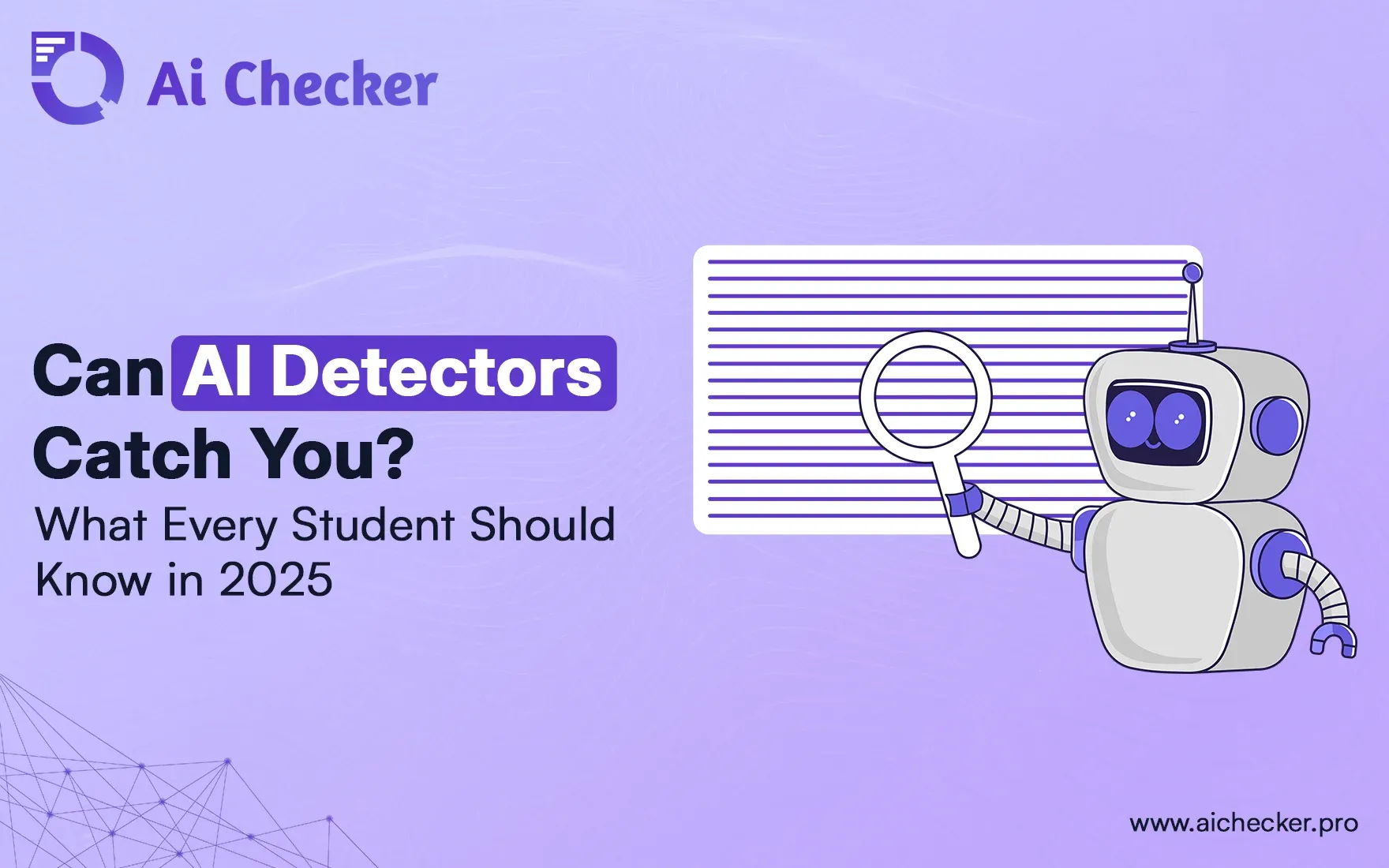
TABLE OF CONTENTS
What is AI Detection?
How does AI Detection work?
What are the benefits of using AI Detection?
What are the limitations of AI Detection?
Best 5 AI Detectors For Students in 2025
Can AI Humanizers Outwit AI Detectors?
Are AI Humanizers Smarter Than AI Detection Software?
The Future of AI Detection and AI Humanization
Conclusion
FAQs
AI is something that we have been aware of and interacted with for quite some time. It has been used in many industries, and now it is being used in the field of education. AI has helped students in many ways, but with every convenience, there are concerns. AI detectors have been a hot topic,, and questions have popped up for students. Can AI detectors catch you? How reliable are they? Should you be using an AI? These are some of the questions we are going to answer in this blog.
AI detectors can be used in many ways to capture AI-generated content. AI detectors utilize several different methods to detect AI content. They can utilize patterns, check for consistency, and use algorithms to detect AI. AI detectors have gained popularity with teachers and professors as they help maintain the academic integrity of students' work. There are AI humanizers that can manipulate AI content to appear more human. Therefore, we have to question the reliability of AI detectors.
What is AI Detection?
AI detection is used to find content that is produced by AI. AI detectors are capable of evaluating text, images, and videos to see if AI has been involved somehow. They rely on several ways to detect AI content, including finding patterns, consistency, and machine learning algorithms.
AI detectors are popularly used now more than ever, especially in education. Teachers and professors have begun using AI detectors to ensure that students are not simply copying (i.e., plagiarizing) content from AI sources. With AI detectors, universities can help uphold academic integrity and feel confident that students are submitting original work.
How does AI Detection work?
AI detection methods analyze content for patterns and inconsistencies. AI detectors have learned from a large corpus of AI-generated and human-written content. They have learned from this data to recognize patterns that are indicative of AI-generated content.
AI detectors measure the presence of inconsistencies as well. For example, when a piece of content is suspiciously similar, perfect (what do you think makes content perfect?), or lacks nuance or the author's voice. AI detectors can detect repetition, robotic empirical phrasing, and a lack of consistency in tone.
What are the benefits of using AI Detection?
AI detection has several advantages, particularly for educators and content professionals:
Ensures academic integrity: AI detectors ensure that students submit original work rather than using AI to complete assignments for them.
Plagiarism detection: AI detectors can catch plagiarism even if text has been rephrased, giving teachers confidence that work is not copied from elsewhere.
Content quality: AI detectors can help identify unnatural phrasing and inconsistencies caused by AI-generated writing.
Time saver: AI detectors provide quick analyses to indicate potential AI involvement, saving time for teachers and editors and allowing them to focus on evaluating learning and originality.
What are the limitations of AI Detection?
AI detection is not foolproof and has several limitations, including:
False positives: AI detectors are not 100% accurate and sometimes mark human-written content as AI-generated.
Limited detection capacity: Many detectors can only identify content from certain AI generators and may miss newer or more advanced ones.
Dependence on training data: AI detectors rely on their training data, and if it is biased or limited, accuracy may be affected.
Best 5 AI Detectors For Students in 2025
AI detectors are designed to identify AI-generated content but how accurate are they? To find out, we tested some of the most popular tools using content generated by ChatGPT. Here are the results:
1. AIchecker Pro
AIchecker Pro is a powerful tool that supposedly tells you if the content was generated from AI with a high level of accuracy. We used it on AI content generated by ChatGPT.
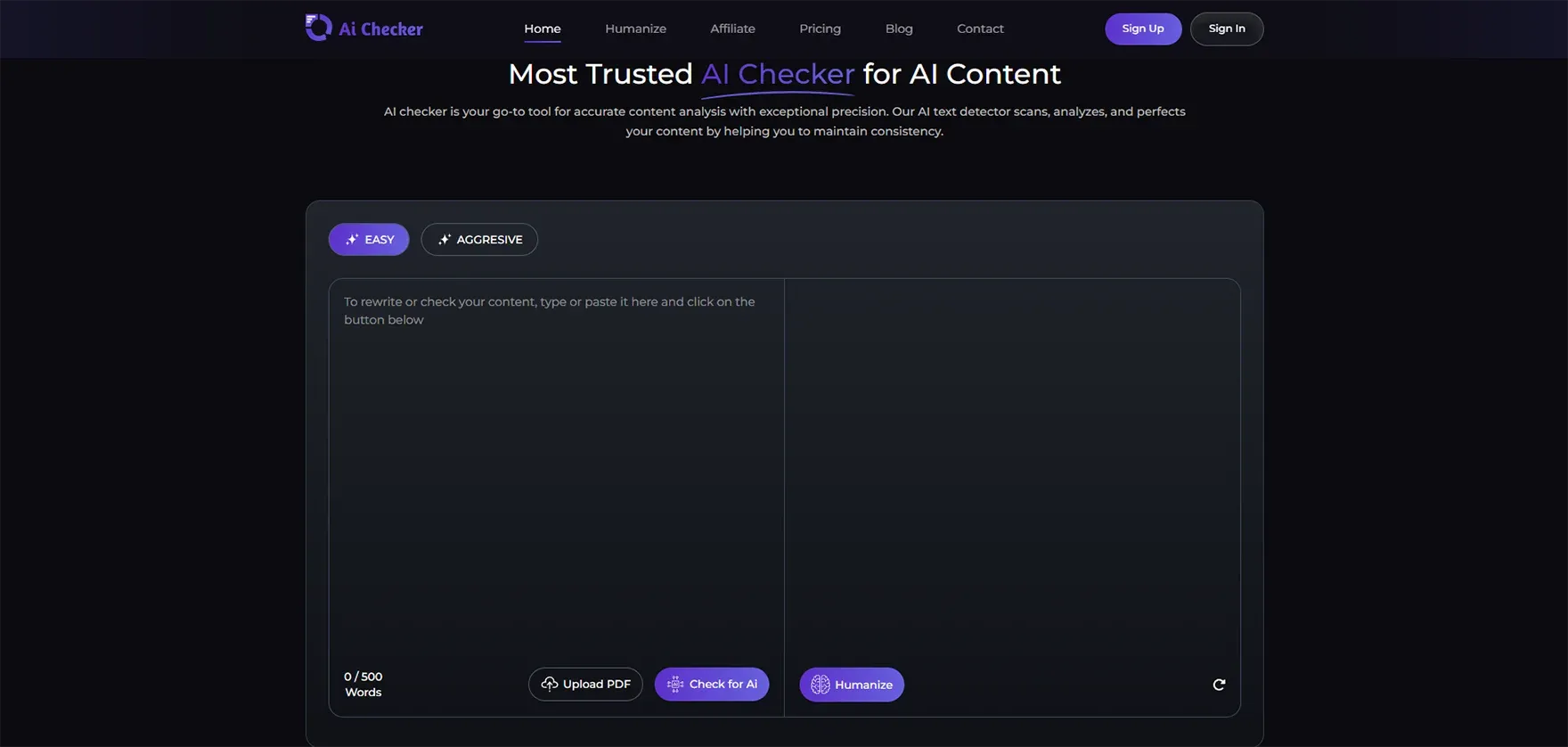
2. AssignmentGPT AI
AssignmentGPT.ai also has a built-in AI detection system, in addition to being able to generate content and humanize it. We tested this tool against the content produced by ChatGPT.
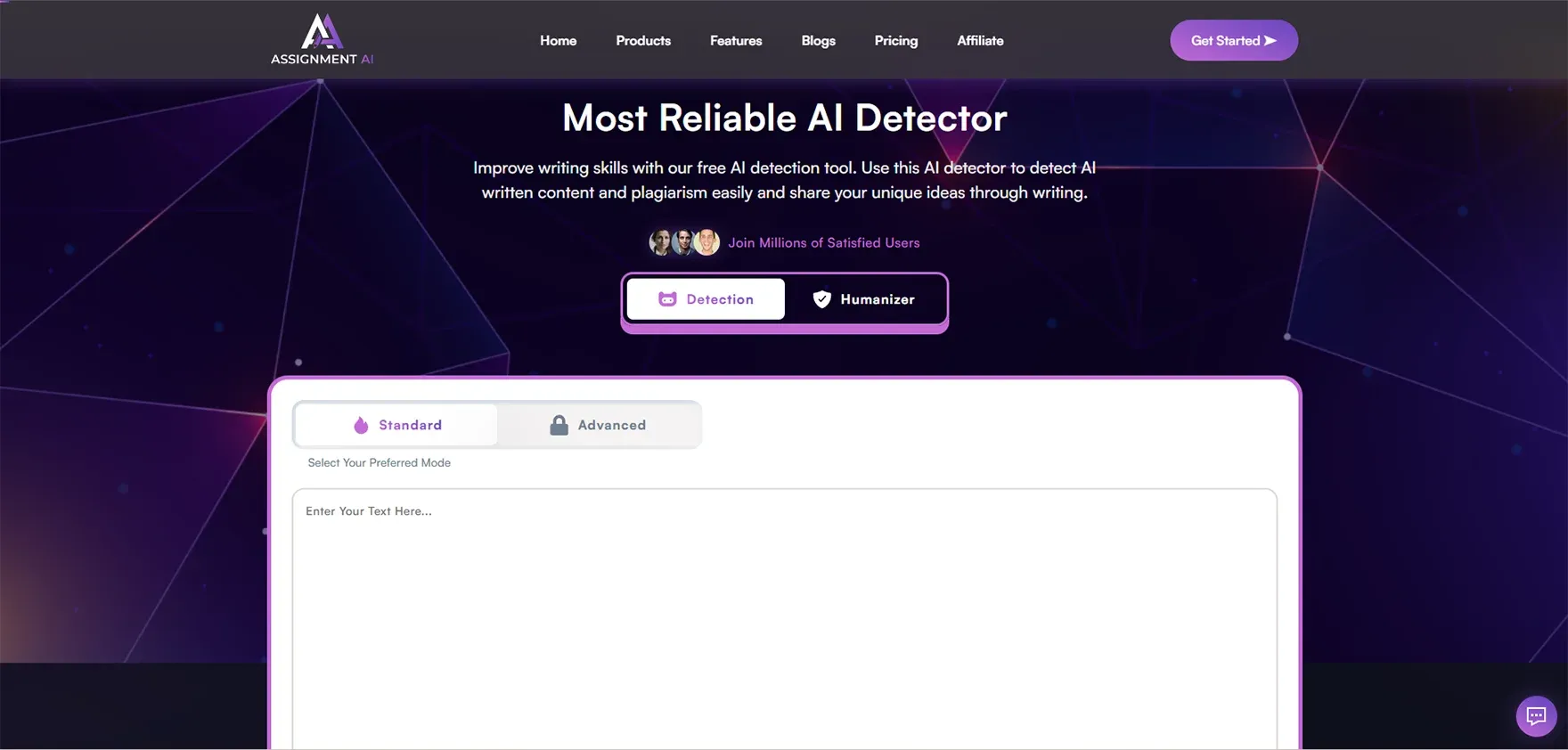
3. BypassAI IO
[BypassAI.io(https://bypassai.io/) has its own AI detection capabilities to verify the originality of content.
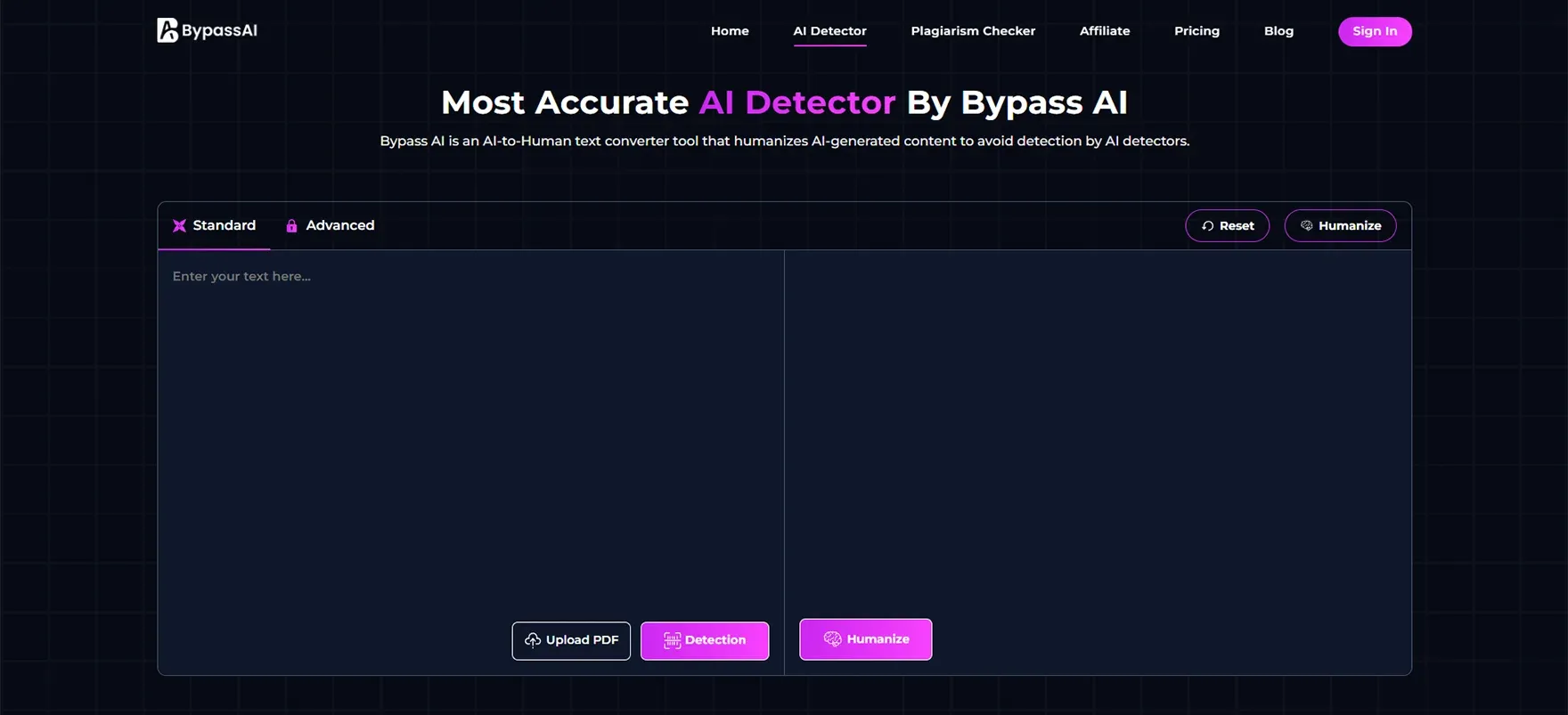
4. ZeroGPT
ZeroGPT is one of the most widely used AI detection tools currently available.
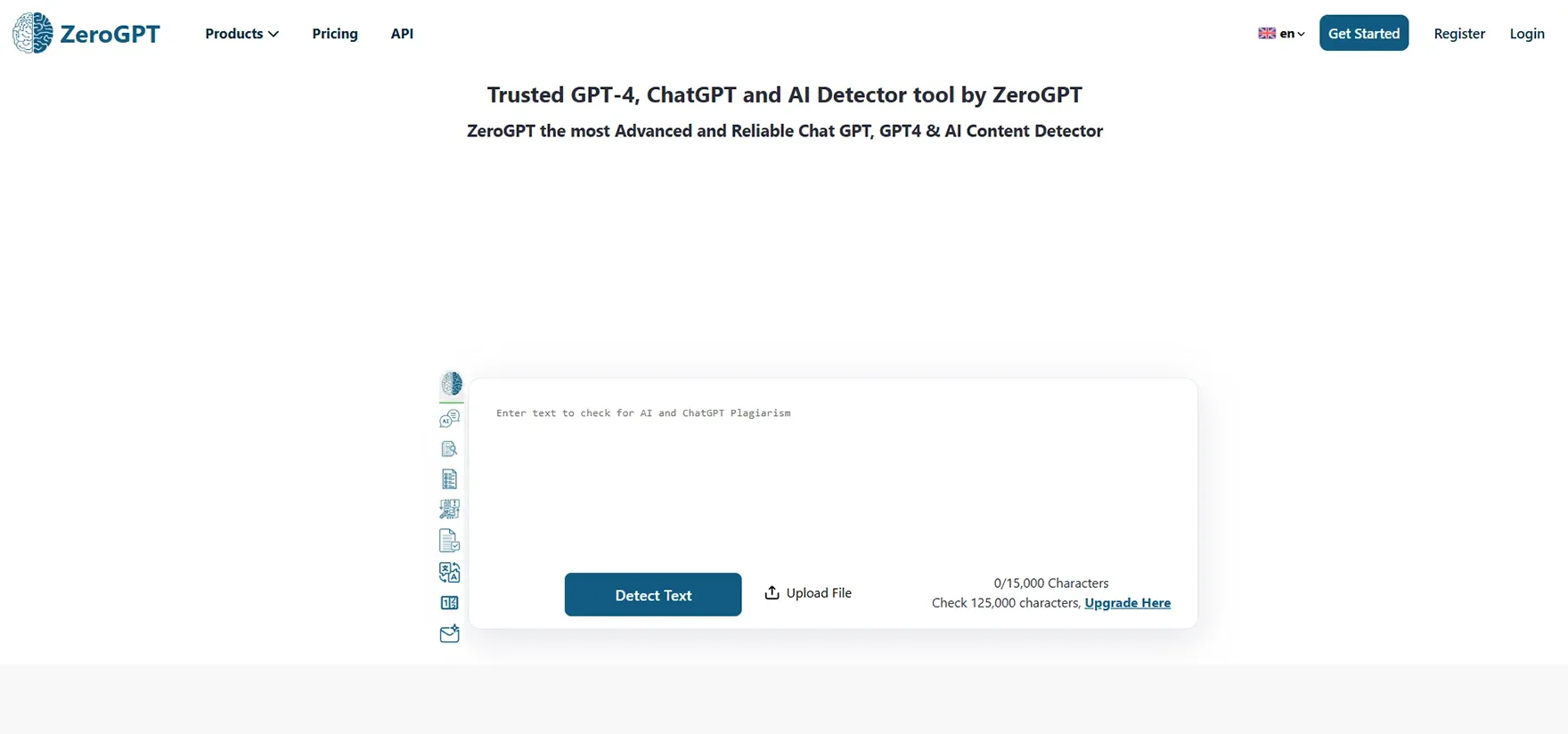
5. GPTZero
GPTZero is known for real-time AI detection in educational and professional contexts.
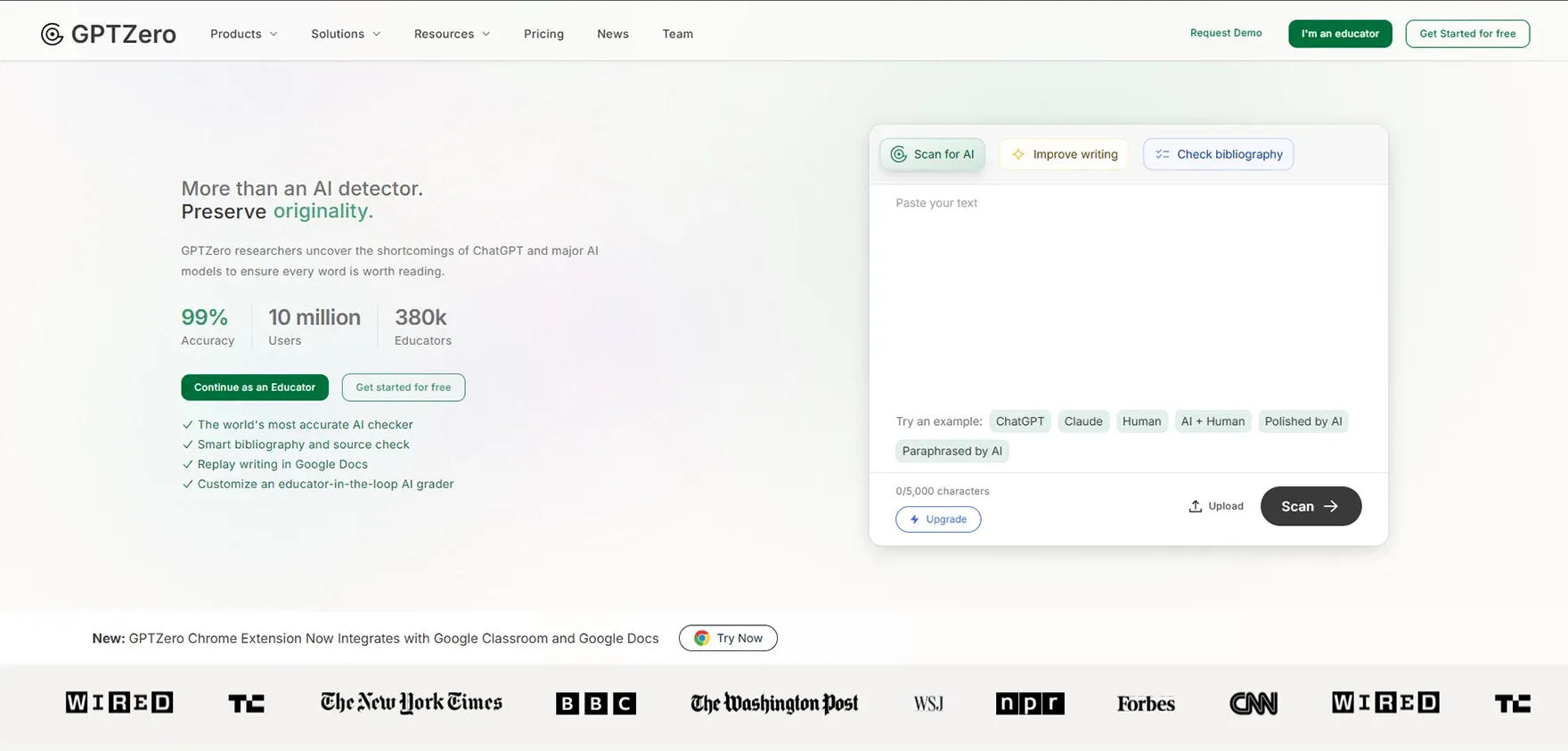
Let me know if you'd also like a side-by-side comparison table added!
Can AI Humanizers Outwit AI Detectors?
AI humanizers are tools that can adapt AI-generated content so it is more human-like. The real question is, can an AI humanizer pass an AI detector? In order to find out, we decided to test AI humanizers using AIchecker Pro.
The results were quite surprising! There were 7% AI-generated, and the rest was 93% human-written.
This indicates that AI humanizers can bypass some AI detectors. It is important to understand that not all AI humanizers are equal. Some AI humanizers are better at adapting content than others.
Are AI Humanizers Smarter Than AI Detection Software?
AI Humanizers are strategies that are capable of changing AI-generated content to be more people-like. The greater thing we wanted to know was if an AI humanizer was able to pass an AI detector. To gain some evidence, we put the AI humanizers to the test with AIchecker Pro.
The findings were shocking! There was 7% AI-generated, if the other 93% was human-produced.
This shows us that AI humanizers can fool detection software. This doesn't mean all AI humanizers are the same, nor do all AI humanizers create decent AI. Some will be far better than others at modifying the content.
The Future of AI Detection and AI Humanization
AI detection and AI humanization are likely to be in a continual contest between AI detectors and AI humanizers. As AI detectors become more advanced, so too will AI humanizers.
AI detectors are more likely to become more reliable and accurate in the future, as they will be able to detect even more advanced AI-generated content as well. In addition, AI humanizers will likely continue adjusting content to maintain an even higher level of advancement.
Conclusion
AI detectors have become very relevant in today's educational framework and content creation market, enabling educators and leaders to uphold academic honesty and assess content integrity. In terms of accuracy, almost all types of AI detector tools we tested produced detection results of 100% across multiple platforms: AIchecker Pro, AssignmentGPT.ai, BypassAI.io, ZeroGPT, GPTZero, and Humanscape AI. The increasingly powerful AI humanizer tools complicate this educational integrity and content authenticity landscape. As AI humanizers continue to evolve, they may, with time, find a way to outsmart detection systems in their processes, ensuring that the perceived accuracy of detection versus humanization is always a race. Overall, AI humanizers raise this awareness.
Overall, AIcheckerPro quickly stood out as the most trusted source out of the various detection tools. In our tests, AIchecker Pro provided detectable AI-generated text and produced a 100% accurate result every time, representing a trusted platform for educators, SEO professionals, and content creators needing to validate relevant content. Even beyond earnest educators, AIchecker Pro provides embedded humanization testing, so you can view present AI humanization as a long snapshot to detect, validate, and improve content. It is undoubtedly an extremely useful tool as we have entered a future in which it is increasingly hard to identify AI-generated text.
FAQs
1. What is an AI detector?
An AI detector is a tool that analyzes text, images, or videos to determine whether the content was generated by artificial intelligence. These tools are commonly used in education and content verification to uphold originality and authenticity.
2. How accurate are AI detectors?
AI detectors like AIchecker Pro, AssignmentGPT.ai, and BypassAI.io have shown 100% accuracy in detecting AI-generated content in our tests. However, no AI detector is universally perfect, and occasional false positives or false negatives can occur.
3. Can AI humanizers bypass AI detectors?
Yes, some advanced AI humanizers can successfully modify AI-generated content to make it appear human-written. In our tests, content processed by AI humanizers was detected as 93% human-written, indicating that humanizers can sometimes outsmart AI detectors.
4. Why are AI detectors important in education?
AI detectors help teachers and professors ensure students are submitting original work and not simply using AI tools to complete assignments. They help maintain academic honesty and uphold educational standards.
5. Is AIchecker Pro a reliable AI detection tool?
Yes, AIchecker Pro proved to be highly reliable in our testing, consistently detecting 100% of AI-generated content. It is one of the most effective tools for educators, SEO professionals, and content creators who need accurate verification.
6. What are the limitations of AI detection?
AI detectors can sometimes produce false positives, misclassify heavily humanized content, or fail to detect content from newer AI models that were not part of their training data. No system is completely foolproof.
7. What is the future of AI detection and humanization?
The future will likely see an ongoing competition between AI detectors and AI humanizers. As detectors become more advanced, humanizers will also evolve, making this a continuous cycle of improvement on both sides.

Nathan Porter
Content writer at @Aichecker
I am a content writer at AI Checker Pro, where I craft engaging, SEO-optimized content to enhance brand visibility and educate users about our AI-driven solutions. My role involves creating clear, impactful messaging across digital platforms to drive engagement and support company growth.



